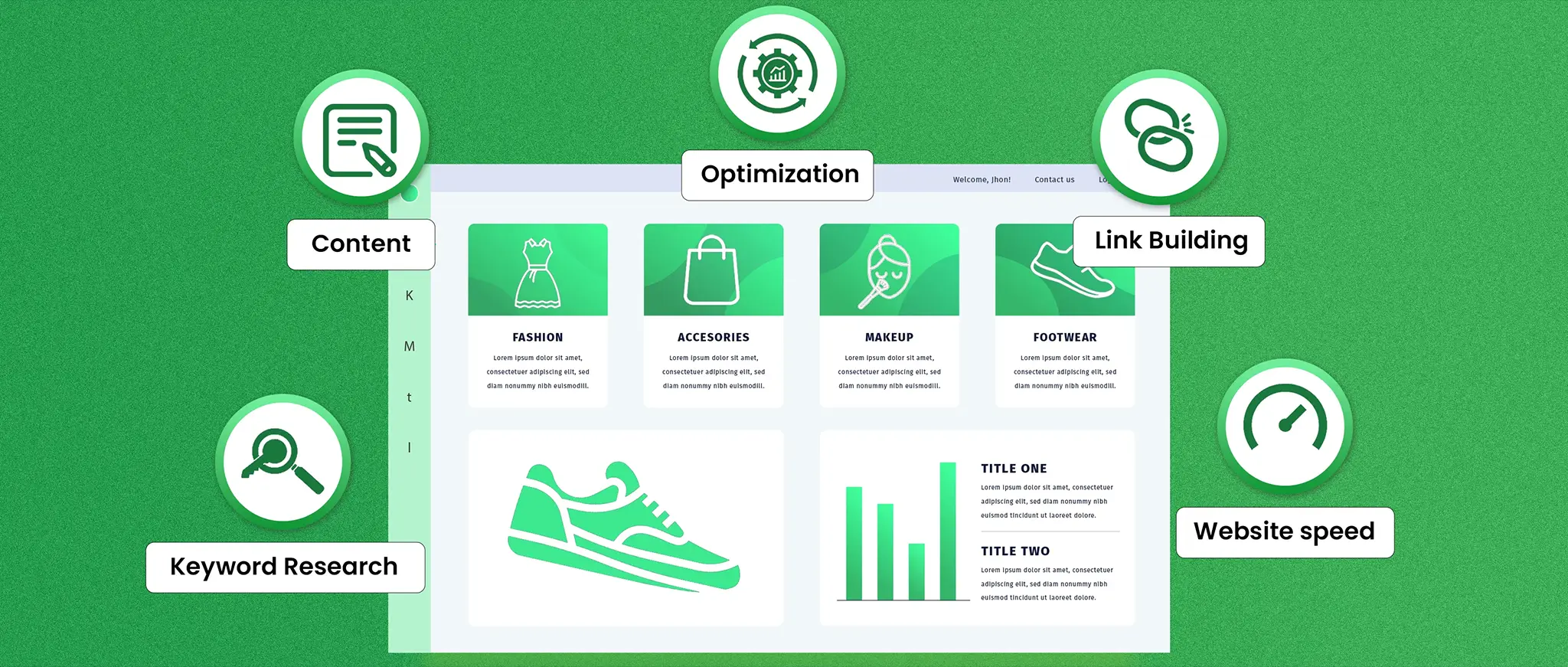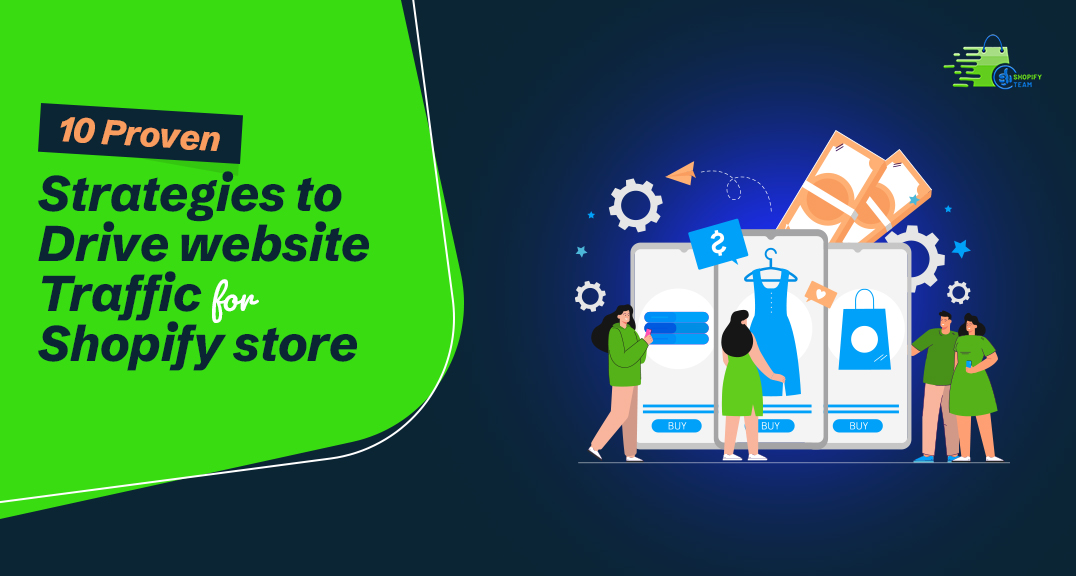How to Optimize Your Shopify Product Pages for SEO: A Comprehensive Guide
Jeff Eisenberg once said, “It’s much easier to double your business by doubling your conversion rate than by doubling your traffic.” This quote underscores the critical importance of conversion rates in maximizing business growth efficiently and effectively. For Shopify store owners, focusing on SEO is crucial to attract and convert potential customers effectively.
Shopify comes equipped with robust SEO features, but mastering SEO nuances can significantly enhance your store’s visibility and profitability. This step-by-step guide aims to demystify Shopify SEO, empowering you to optimize your product pages effectively.
What is Shopify SEO?
Shopify SEO differs from traditional SEO in its emphasis on converting visitors into customers rather than solely boosting visibility. While traditional SEO aims to increase website traffic and rankings, Shopify SEO focuses on driving transactions and enhancing user experience within an eCommerce framework.
How to Improve SEO on Shopify
1. Keyword Research
Keyword research forms the bedrock of effective Shopify SEO. Identifying high-converting keywords relevant to your products is essential. Tools like Semrush help uncover keywords with optimal search volume and manageable competition, ensuring your efforts yield maximum results.
2. On-Page SEO
Optimizing your Shopify product pages involves strategic placement of keywords in meta titles, descriptions, and product descriptions. Crafting unique and compelling content for each product page, along with optimizing URLs and internal linking, enhances visibility and user engagement.
3. Technical SEO
Ensuring your Shopify store is technically optimized is crucial for search engine crawlability and user experience. This includes mobile responsiveness, fast loading times, and structured data markup (Schema) to enhance search engine understanding of your content.
4. Content Marketing
Creating valuable content such as blogs related to your product niche can attract organic traffic and build brand authority. Integrating content with SEO best practices and leveraging platforms like Google Ads for targeted campaigns further enhances visibility and engagement.
5. Building Backlinks
Earning high-quality backlinks from reputable sites can significantly boost your Shopify store’s authority and search engine rankings. Implementing ethical link-building strategies ensures sustainable growth and credibility in the eyes of search engines.
6. Measuring and Analyzing SEO Efforts
Regularly monitoring SEO performance using tools like Google Analytics and Google Search Console provides insights into keyword performance, traffic trends, and user behavior. Adjusting strategies based on these metrics ensures continuous improvement and alignment with business goals.
7. Optimizing Shopify Website Structure
Organizing your Shopify store with intuitive navigation and clear categorization (Home > Categories > Subcategories > Products) enhances user experience and reduces bounce rates. Implementing a responsive design and eliminating duplicate content through canonical tags further improves SEO performance.
8. Shopify URL Optimization
Crafting clean and descriptive URLs for collections and product pages aids search engines in understanding your site’s structure and content relevance. Avoiding duplicate URLs and ensuring URLs reflect product and collection names accurately enhances SEO effectiveness.
Conclusion
Optimizing your Shopify store for SEO requires a multifaceted approach that integrates keyword research, technical optimization, content marketing, and strategic analysis. By implementing these steps diligently, you can enhance your store’s visibility, attract qualified traffic, and ultimately drive conversions. Partnering with an experienced SEO agency can further amplify these efforts, ensuring sustained growth and competitiveness in the online marketplace.










